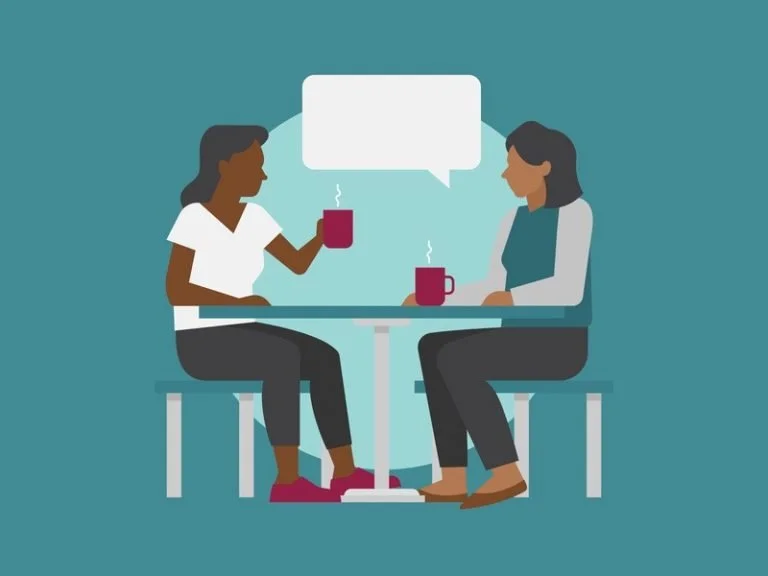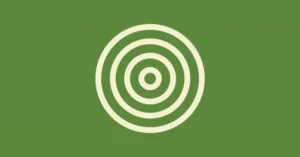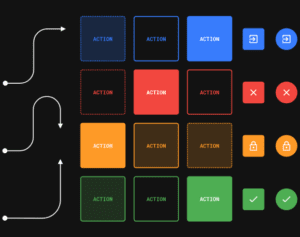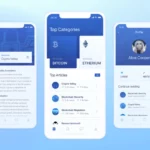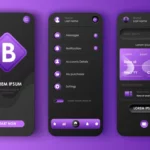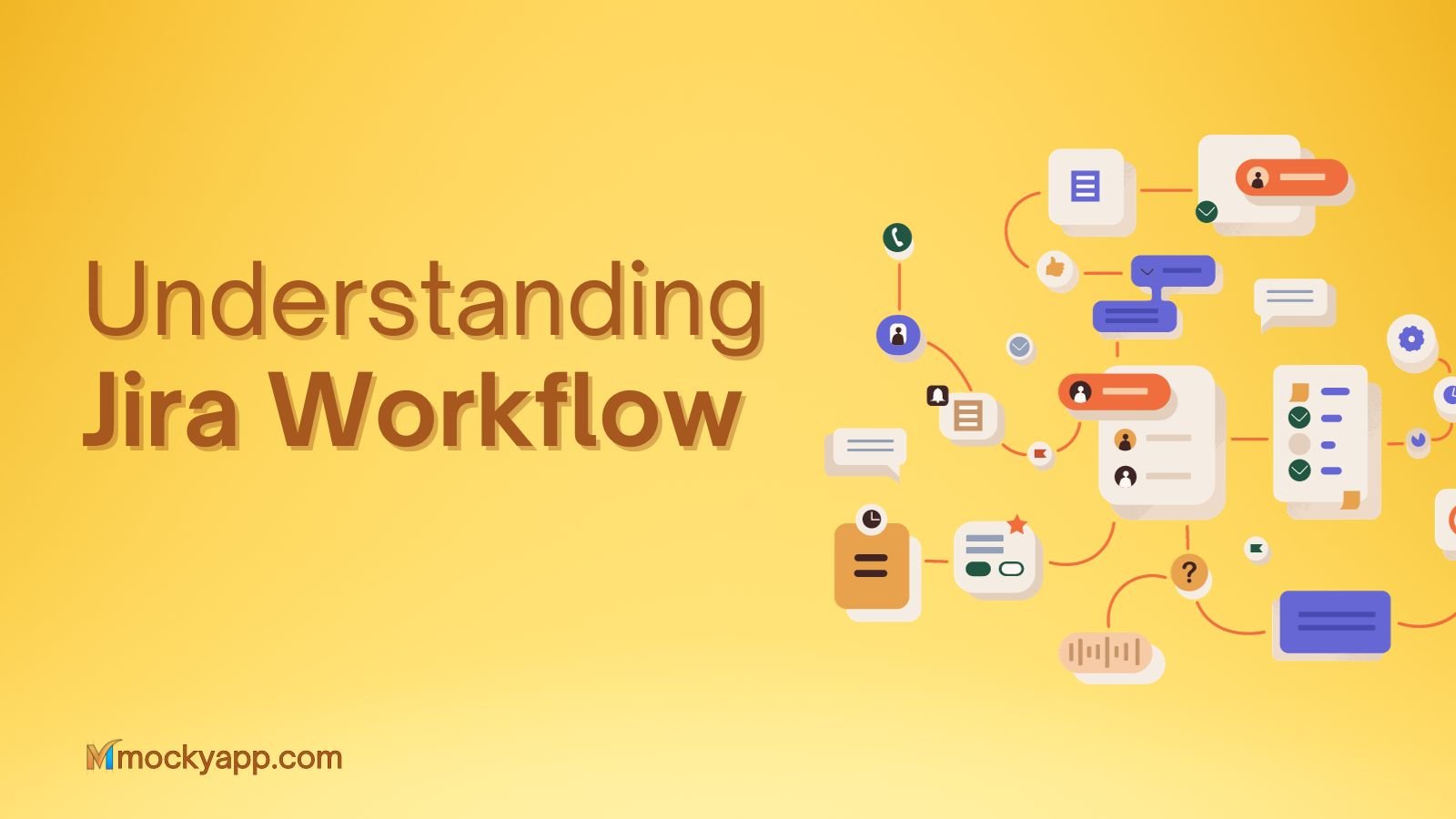UX designers, use various research methods to get to know their users and understand their needs about the product while they design. User interviews are one of many UX research methods at their disposal.
Table of Contents
What are user interviews?
It is a one-to-one session, where users are asked questions regarding the usage of apps. It’s more than an informal conversation.
A user interview will give you qualitative, self-reported data and only a clear goal with planned questions ends in a successful user interview.
The user explains how they receive a certain concept, or how they feel about a particular experience. You will be relying on their words rather than observing their actions.
User interview gains an understanding of how to target users. Talks about the product and service, you are designing, what problems and pain points do they mention?
- What do they want from experience?
- What do they currently enjoy?
- What can be done better?
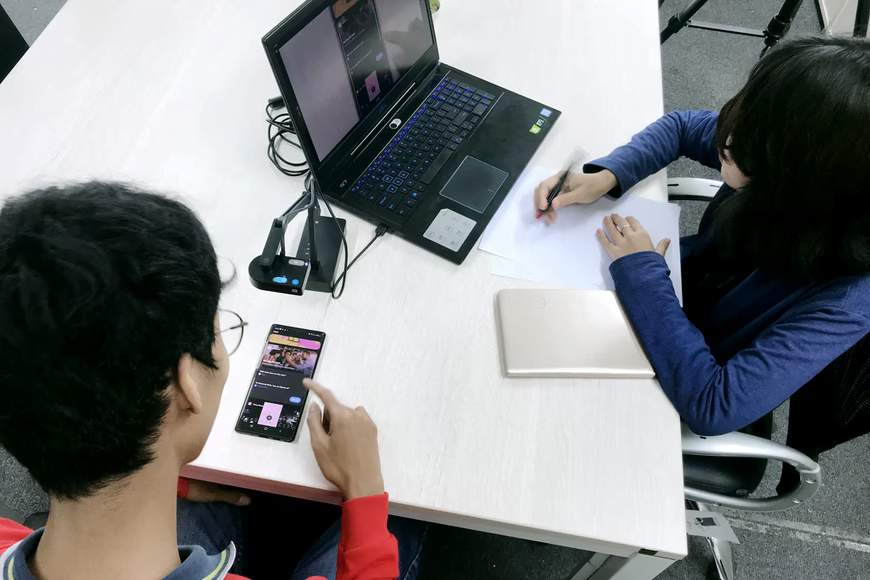
When to consider user interviews?
User interviews are useful at the start of a project when you’re developing a new concept or still deciding which direction the design should take. Speaking to target users one-on-one will
help with things like defining your user personas and the project features. User interviews help to gather people’s opinions on existing designs. Interviews are conducted after usability testing to add self-reported data, to the actions and observed behavior. Overall user interviews are ideal for learning more about your target users and exploring a specific topic in more detail.
How to conduct a user interview?
When it comes to conducting user interviews there are four key elements to consider setting your goals and objectives, recruiting participants, the location, step up, and the questions you’re going to ask.
What do you have to learn from interviews?
Speak to a product stakeholder and find out what insights they’re keen to uncover. Your goal should be specific enough to keep your interview questions focused. For example, you are designing a language learning app, so possible interview goals could be to
- Understand the general attitude towards, a foreign language.
- Understand the general attitude towards language learning apps.
- Discover which apps are people currently use to learn a language.
- Find out what features users desire in language learning apps.
Once you have a clear objective in mind you’ll need to recruit interview participants. Tap into the existing customer base or do some recruiting via social media. Either way, it’s important to make sure that the people you interview, represent your target audience. So for the language learning app, you might be interested in a new language and have used the language learning app before.
Next, you want to consider the logistics of the interview when choosing a location. It is necessary to think about how the surrounding environment might implement the user. If they’re sitting in your office surrounded by the brand, they will feel compelled to say positive things.
Try to interview in a relaxed neutral setting. Be it an unbranded meeting room or a location of user choice.
Now to the next question: How you will record the interview? As the interviewer, you must be engaged and tuned in to what the user is saying, so you can’t be distracted by taking notes. Ask someone else to make notes or record sessions by assuring users’ permission.
How to write effective interview questions?
Writing your interview questions is an important part. You want to have the list of interview questions ready for the interview, so be prepared to spend some time on this beforehand. The key to a successful user interview is to ask open non-leading questions, but what does that mean?
A closed question requires a simple yes-or-no answer, while an open question prompts the user to go into more detail. Instead of asking the user do they like using apps to learn a new language? You would ask how do you feel about using the app to learn a new language. The second question gives you much more room to elaborate giving insight than a simple yes or no.
Leading and non-leading questions:
While conducting user interview questions it’s important to choose your words carefully. The way you ask the questions can influence how the participant responds, so choose your words carefully. A leading question implies or hits at the desired answer prompting the user to think and respond in a certain way and exactly what we need to avoid. As the leading question implies a false answer, it also prevents you from uncovering new insights that you hadn’t anticipated.
Preparing your questions in advance will make sure that you don’t, unintentionally lead the user during the interview. Try to prepare more questions than you think you’ll have time to ask.
It’s also a good idea to prepare an opting statement with just a few lines to introduce yourself and explain the purpose of the interview, so you ease the user in and allow them to ask any questions.
User interview best practices:
Let’s consider some user interview best practices. The following tips will help you to put the user at ease and get maximum from your session.
- Make the user feel heard: As a facilitator of the interview you need to engage with the user and listen to what they’re saying. Make frequent eye contact not alone and acknowledge their answers.
- Take your time: If the interview feels rushed, you won’t get the long detailed kind of answer that you need. Allow the user plenty of time to think about each question, and don’t be afraid of short silences. It’s tempting to break the silence by repeating the question you’ll just put the user under pressure. Give users some time to reflect so if they have any questions let them ask.
- Avoid industry jargon: Don’t assume the person you’re interviewing will be familiar with UX terms for most people like user flow and information architect.
- Finish strong: Wrap the interview by asking the questions, so if they have anything else they want to add. A general chat at the end may reveal further insights that didn’t come up during the session.
Nutshell:
Remember the specific goals of asking non-leading questions and engaging with the users throughout. It’s important to make users comfortable before you ask your non-leading questions. It can be tricky at first, but the more interviews you do, the more natural it will become.

